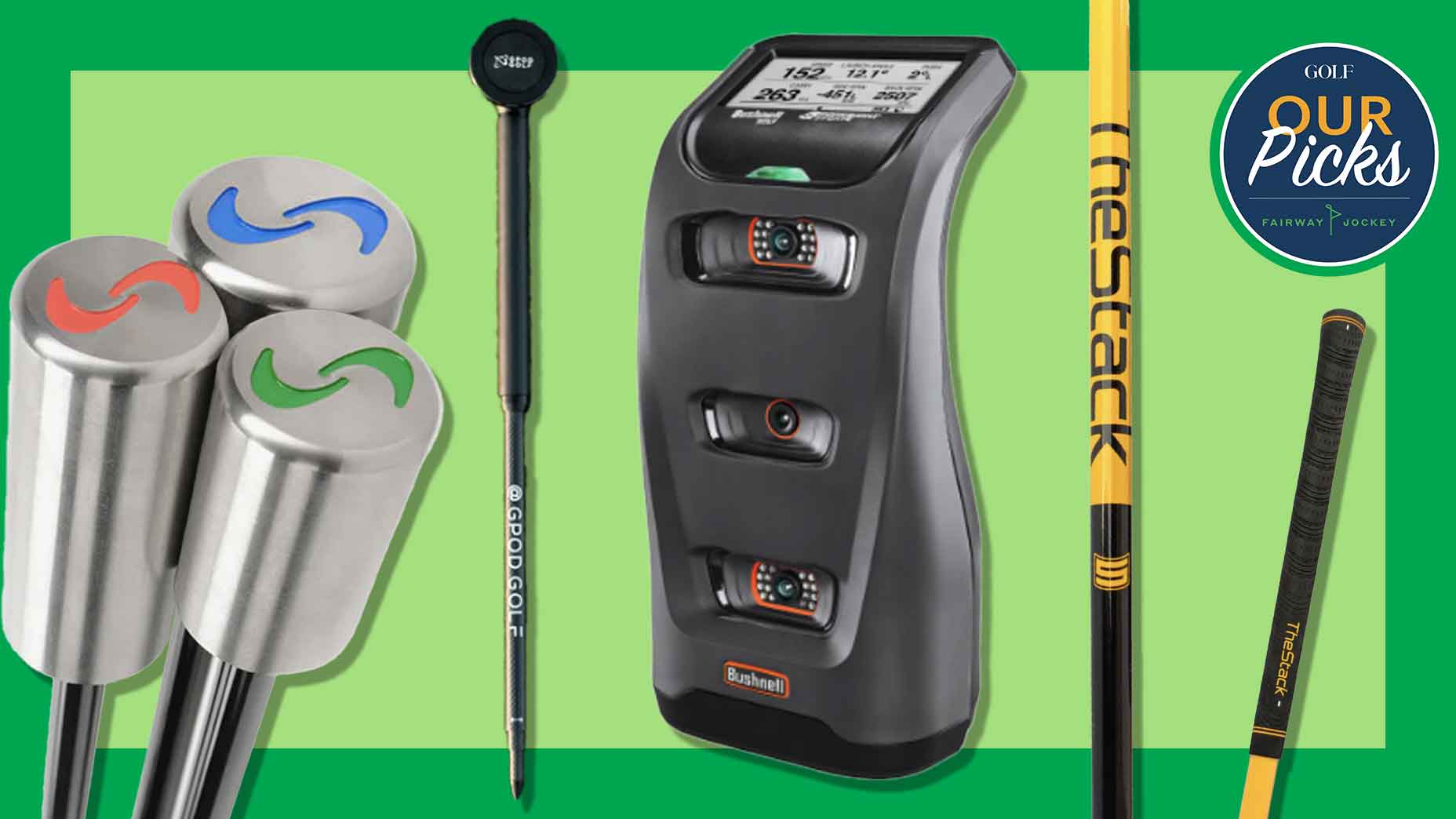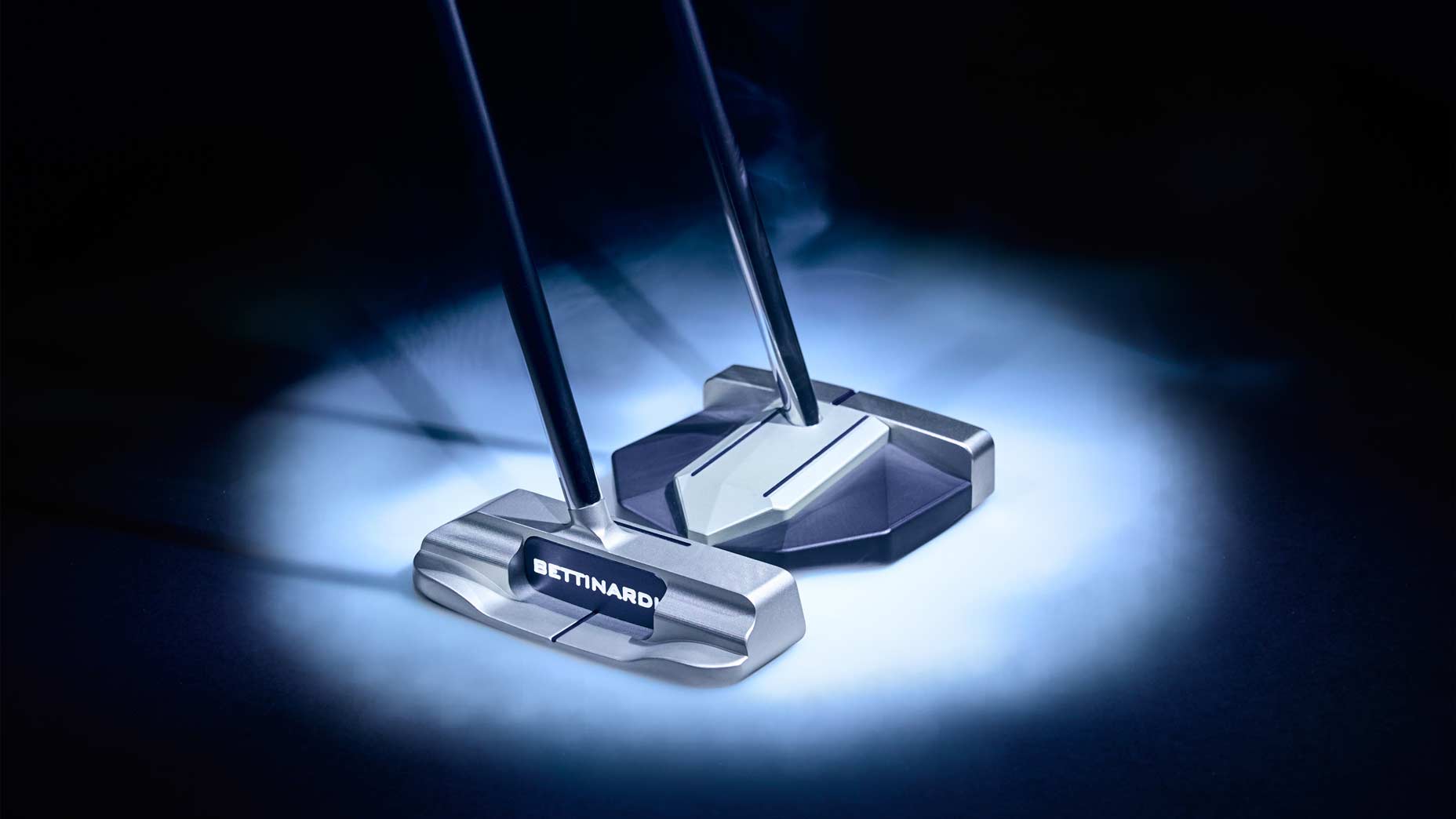 Asher golf gloves limited-time deal: Buy 2, get 1 free
Asher golf gloves limited-time deal: Buy 2, get 1 free
7 golf equipment tips that can help beginners improve right now
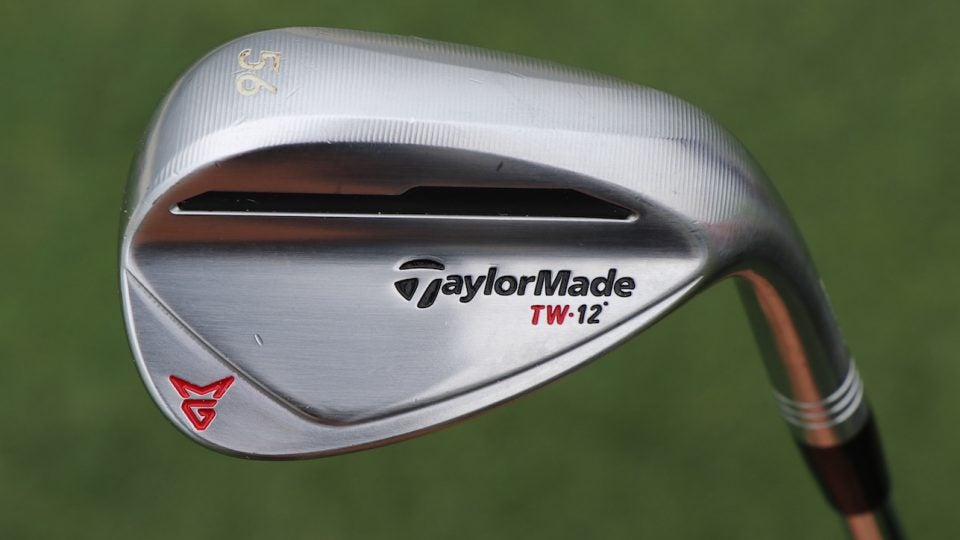
“I’m not good enough for my golf equipment to matter.”
This is a go-to phrase for beginning and even intermediate golfers, but it couldn’t be further from the truth. In reality, using the right golf equipment can actually help high-handicap golfers improve faster than highly skilled players. Tiger Woods could probably shoot par with a spatula and a broom, whereas putting the proper tools in the hands of a beginner can have a dramatic effect on their score.
Not only can poorly fit equipment hinder good scores, it can instill bad habits for the future, too. Below, I’ll get into seven equipment tips for beginners that can help their games immediately, and set them up to succeed down the road.
Before we continue on with this article, however, it’s important to note that the absolute best way to get the right equipment for your game is to get a professional fitting by an expert club fitter. It’s the best investment you can make for your game, even more so than lessons for some golfers.
Still, many golfers will choose to not get fit for their equipment, whether it’s financial barriers, lack of access to a trusted fitter, or pure stubbornness. Hopefully this article can help those golfers make informed buying decisions or equipment adjustments, despite not consulting with a professional.
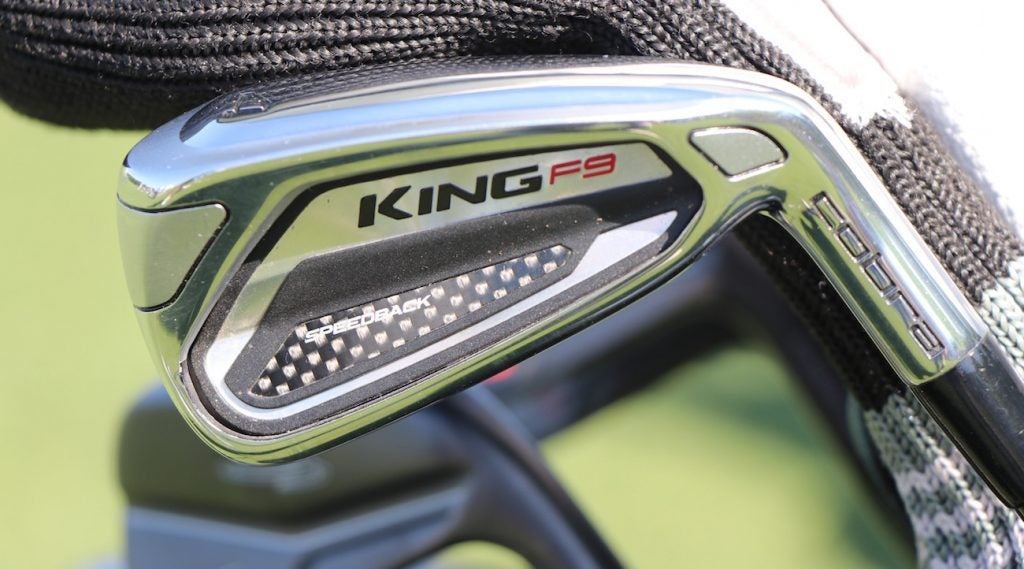
1. Bigger is better
If you’re using a small-headed driver from the 1980’s, or blade irons with small profiles, you’re simply making the game more difficult than it needs to be. Without getting too far into the weeds, larger clubs have a greater surface area and effectively expand the sweetspot. That means you aren’t penalized as severly for hitting the ball off-center.
For beginning golfers in this group, it’s likely that you’re using hand-me-down clubs and aren’t ready to make a financial investment into expensive golf clubs. Purchasing modern, more-forgiving golf clubs doesn’t have to break the bank, though. The first 460cc driver was released to the public in 2006, and driver technology has only improved from there. You can easily find a driver from the mid-2010s for under $50 online.
The same goes for irons, not just metalwoods. Using large irons — these are called “game-improvement irons” — will help you hit the ball higher and farther without curving as much.
Use the larger sizes of modern golf clubs to your advantage!
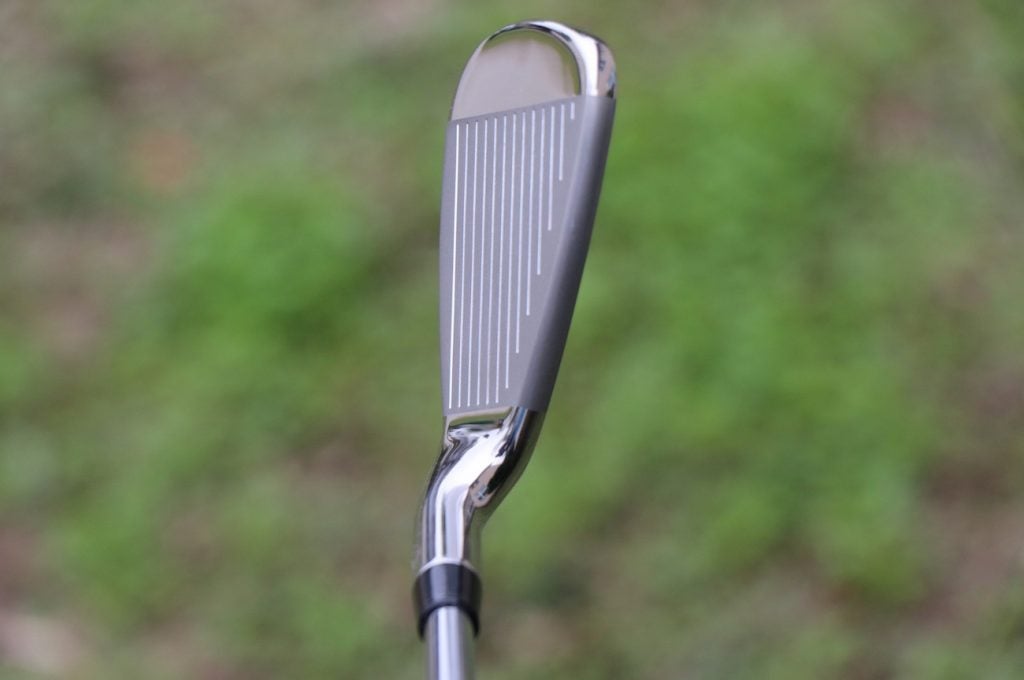
2. Offset is your friend
You’ll often hear that professional golfers seek out golf clubs with “reduced offset.” For most beginning golfers who suffer from a slice, however, you should ignore the pros on this one. Offset, which essentially means the face is setback from hosel, will help you to square the face more easily at impact instead of leaving it open and slicing the ball. This could even mean hitting a consistent draw.
Many modern game-improvement clubs — from drivers all the way down to wedges — are engineered with offset. This is a great design feature that will help you release the face, and if nothing else, keep you away from the out-of-bounds stakes on the right all day.
3. Go softer on the shaft
Way more often than not, beginning golfers are using shafts that are too stiff. When the flex of a shaft is too stiff, it hinders your ability to square the face properly and to hit the ball with enough height and spin.
Take an honest look at your driver distance. If you’re flying the ball less than 200 yards, it’s likely that an “S-Flex” is too stiff.
When it comes to the stiffness of your golf shafts, it’s important to leave the ego behind. It’s much more intimidating to your buddies to hit it far and straight than to brag about playing a stiff shaft and miss every fairway.

ADVERTISEMENT
4. More bounce for better contact
When it comes to the soles of your irons and wedges, wider is probably better. A wide sole with a lot of bounce will keep the club from digging too much into the turf, and effectively make the club more forgiving. It will be significantly easier to hit higher, softer shots around the green with high-bounce wedges.
How do you know whether a wedge has “high bounce?” Most wedges are stamped with a number, aside from just degrees. You’ll see an 8, 10, 12 or possibly 14 printed on the club. As a beginner, it’s best to seek the highest bounce number you can find. That way, you can build trust in your short game around the green, and hit down on the ball without worrying about digging into the turf or skulling the ball over the green.
5. Find a “go-to” and eliminate problem clubs
Here’s an assignment: Next time you’re at the range, hit five balls with EVERY club. Start with your highest lofted wedge and work all the way up to your driver without skipping a club. After each shot you hit, take note on a notepad or in your phone how each shot worked out. Did it go wildly offline? Dead straight? About how far did it travel?
Afterward, look back over your notes. Is there a certain club that gave you trouble on every swing? Is there a certain club that you hit perfectly every time?
If you have a particular club that gives you serious problems, like a long iron or a small-headed fairway wood, maybe that’s for a reason. During your next round, either leave the club at home or be wary whenever you go to use it.
On the other hand, if you have a club you hit well, say a 6-iron, remember that for your next round! You don’t always have to hit driver off the tee on par 4s and par 5s. Play to your strengths and your score will thank you later.
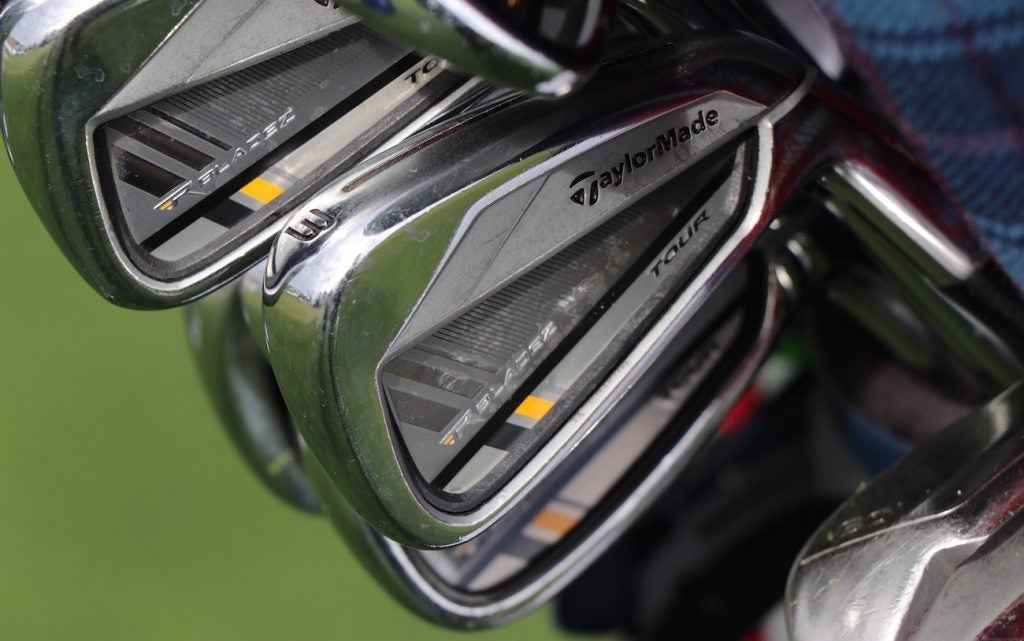
6. Don’t double up yardages
After hitting five balls with each club in the assignment above, as you look through your notes, did you notice that there are two clubs that go generally the same distance? Maybe your 5-iron goes the same distance as your 4-iron. Well, if that’s the case, ditch the 4-iron! If two clubs go the same distance, there’s no benefit to ever hitting the less forgiving of the two.
Instead of keeping the 4-iron in your bag, look for a club to fill any gaps that are too wide. Maybe your pitching wedge goes 125 yards and your sand wedge only goes 95 yards. A 30-yard gap is too large, so you’ll want to find an attack wedge that fits in the middle.
Or maybe you want to use two drivers, or an extra hybrid. There are no firm rules, aside from only being allowed to use 14 clubs. Don’t waste space my using two tools that do the same job!
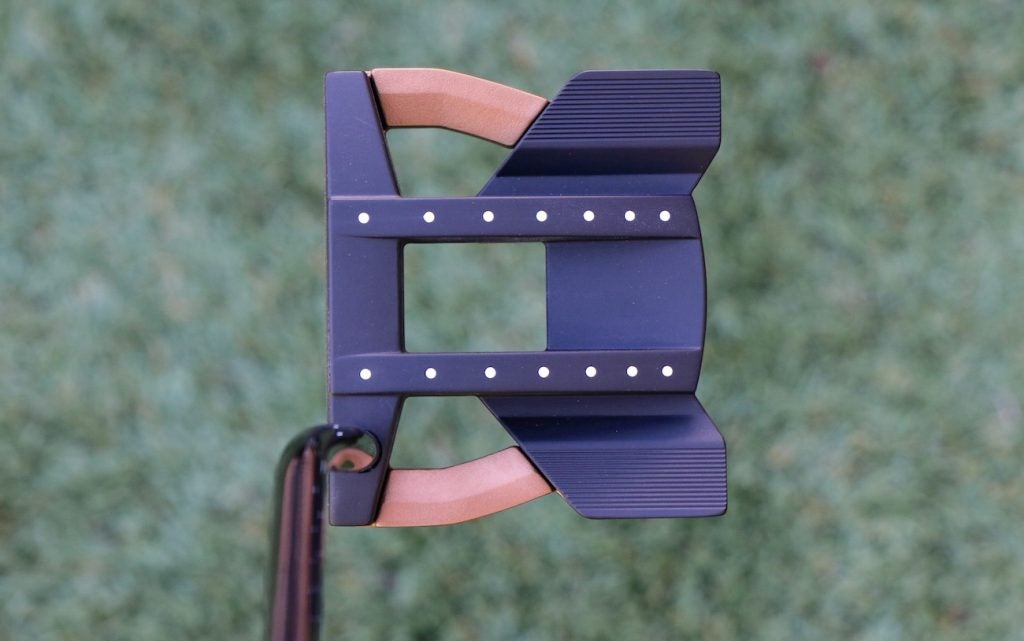
7. Try other putters
If you haven’t gone through a putter fitting, it’s likely your putter isn’t exactly tuned for your stroke. Next time you’re at a big-box retailer where they have a practice green, try out as many putters as you can. Try out everything from small blades to large mallets, even putters you’d never think to try. It’s likely that one putter will rise to the top, and almost inexplicably feel comfortable in your hands. When that happens, you’ll know which putter suits your stroke.
To hear more gear insights from Jonathan Wall and True Spec’s Tim Briand, subscribe and listen each week to GOLF’s Fully Equipped podcast: iTunes | SoundCloud | Spotify | Stitcher
ADVERTISEMENT



